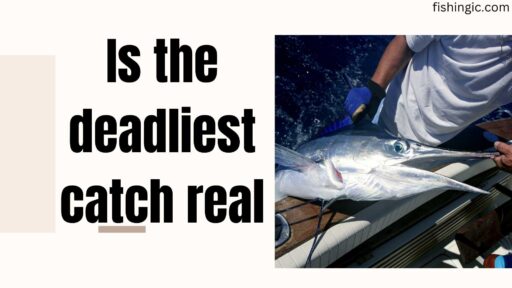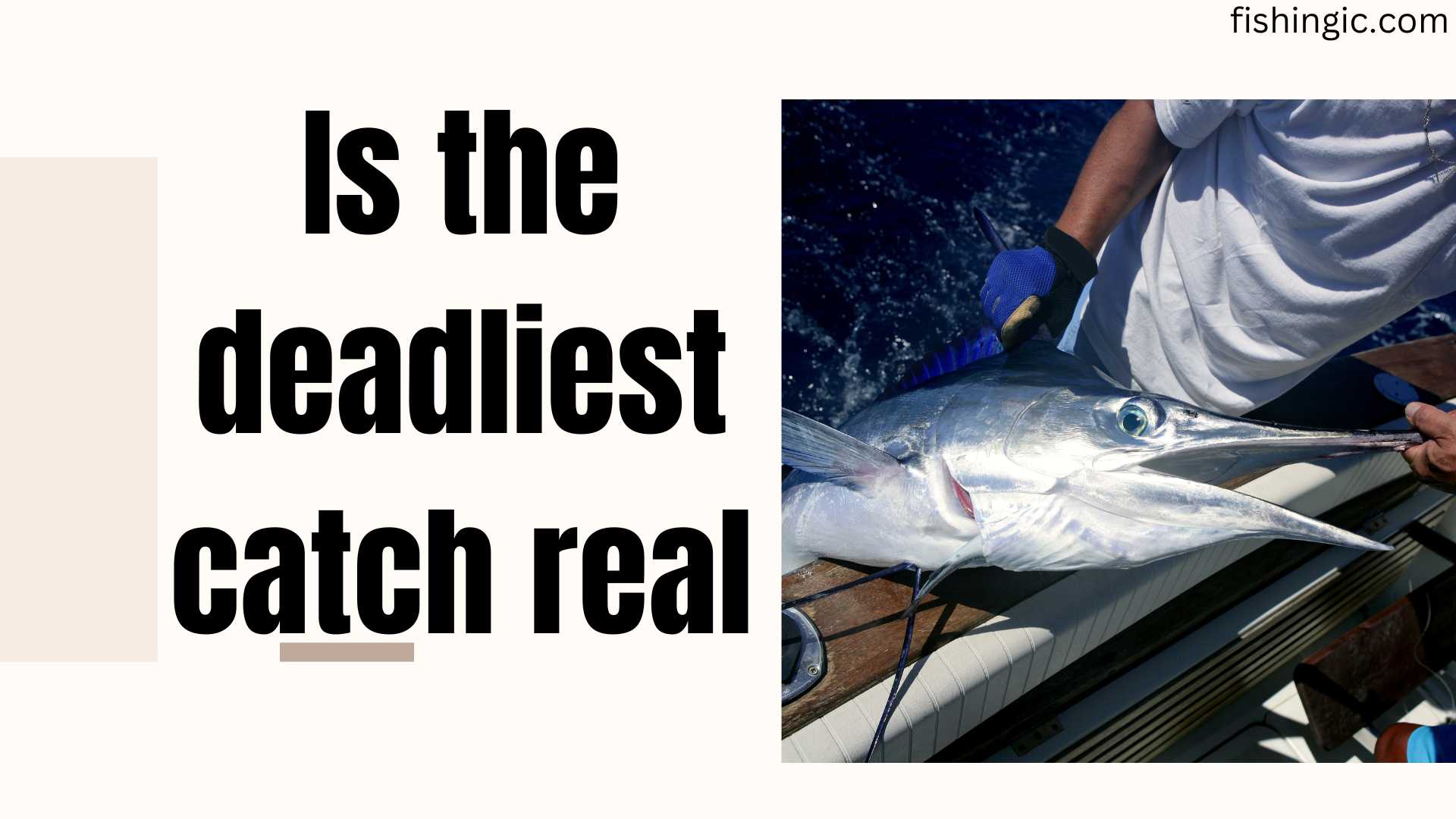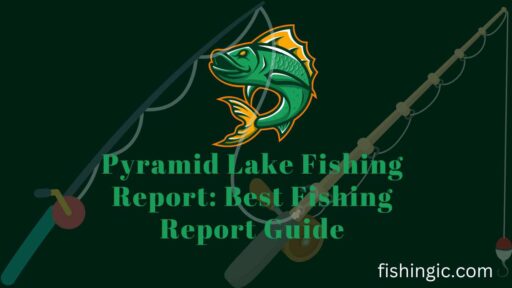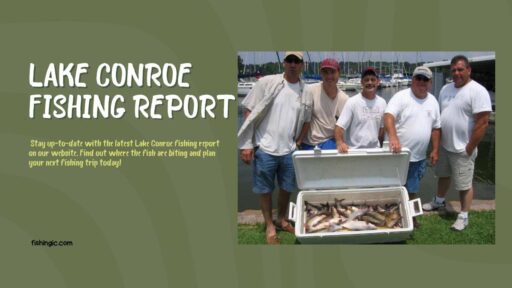Explore the authenticity of the popular TV series “Is the Deadliest Catch Real” on our website. Learn about the genuine risks and adventures experienced by real crab fishermen.
In the realm of reality TV, the show “Deadliest Catch” has carved out a significant niche for itself. Since its premiere in 2005 on the Discovery Channel, this riveting series has not only captured the imagination of millions worldwide but has also shone a spotlight on the perilous world of Alaskan crab fishing. But how much of “Deadliest Catch” is staged, and what are the genuine dangers these fishermen face?
This post dives deep into the icy waters of the Bering Sea to explore the truth behind one of television’s most gripping reality shows, offering insights for fishing guide enthusiasts, reality TV fans, and ocean conservationists alike.
The Concept of “Reality” in Reality TV
Before we can truly understand the realities behind “Deadliest Catch,” we must first explore what the term “reality TV” means. In recent years, this genre has exploded in popularity, offering viewers a seemingly unscripted glimpse into the lives of real people facing real challenges. However, as with any form of entertainment, there is always a level of exaggeration and manipulation in order to capture and maintain an audience’s attention.
In the case of “Deadliest Catch,” while the show does feature real fishermen and their experiences on crab boats, much of what we see on screen is heavily edited and reconstructed for dramatic effect. In fact, the cast members themselves have admitted to reenacting or recreating certain events for the cameras. This raises the question of how “real” reality TV truly is and whether viewers are getting an accurate depiction of what life on a crab boat is really like.
The Dangerous World of Alaskan Crab Fishing
Despite the staged aspects of “Deadliest Catch,” one cannot deny the inherent danger involved in Alaskan crab fishing. The show’s main premise revolves around the dangerous pursuit of crabs in the Bering Sea, which is known for its treacherous weather conditions and rough waters. In fact, according to the Bureau of Labor Statistics, commercial fishing remains one of the most dangerous occupations in the United States, with an average fatality rate 29 times higher than that of any other industry.
The fishermen featured on “Deadliest Catch” face constant risks, from unpredictable weather to equipment malfunctions, and the show does not shy away from showcasing these dangers. In fact, several cast members have suffered serious injuries and even tragically lost their lives while filming the show. This serves as a reminder of the real-life consequences that come with such a perilous profession.
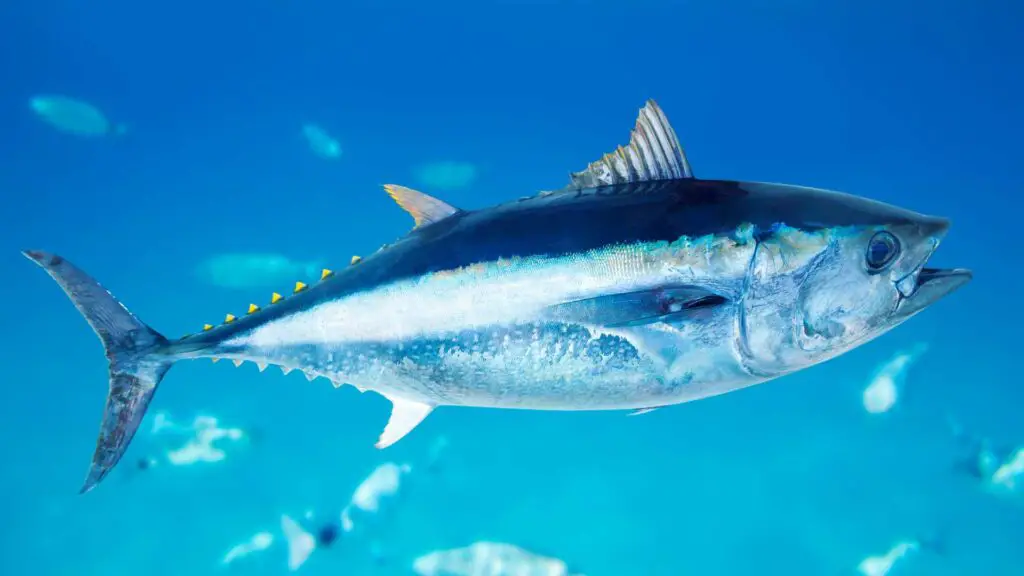
Credit: www.pexels.com
The Impact on Ocean Conservation
One positive aspect of “Deadliest Catch” is its potential to raise awareness about the impact of commercial fishing on ocean conservation. In recent years, overfishing and destructive fishing practices have taken a toll on the Bering Sea’s crab population and ecosystem. By showcasing the hard work and sacrifices made by Alaskan crab fishermen, the show sheds light on the crucial role these individuals play in maintaining a balance in our oceans and the need for sustainable fishing practices.
However, it is also important to recognize that the show’s dramatic portrayal of crab fishing can glamorize or romanticize this dangerous profession, potentially attracting more people to enter the field without fully understanding the realities and challenges involved. As viewers, we must also educate ourselves on responsible and ethical fishing practices to help preserve our oceans for future generations.
The Reality of ‘Deadliest Catch’
At its core, “Deadliest Catch” showcases the life-threatening challenges crab fishermen endure during the Alaskan king crab and snow crab seasons. The authenticity of the dangers is indisputable; the Bering Sea is notoriously treacherous, with unforgiving weather conditions and frigid waters that can prove fatal. According to the National Institute for Occupational Safety and Health, Alaskan fishers hold the most dangerous job in the U.S., with a fatality rate 32 times higher than the national average.
Behind the Scenes
The production team behind “Deadliest Catch” employs state-of-the-art technology to bring audiences as close as possible to the action. Cameras mounted on helicopters, drones, and the boats themselves capture the waves, winds, and work that define crab fishing. The process, however, is not without its challenges. Filming in such hazardous conditions demands a crew that is as resilient and well-prepared as the fishermen themselves.
To minimize the risk to crew members, the production team often focuses on capturing footage from a safe distance, using long-range lenses and specialized equipment. Additionally, each boat has at least one cameraperson onboard who is trained to handle the dangers of filming at sea.
The Reality Continues
Ultimately, while “Deadliest Catch” may not offer an entirely authentic representation of life on a crab boat, it does provide a glimpse into the harsh realities and sacrifices made by Alaskan fishermen. The show’s gripping storytelling may blur the lines between reality and fiction, but its impact on raising awareness about ocean conservation and highlighting the dangers of commercial fishing cannot be denied.
So, while we may never know exactly how much is staged or recreated for dramatic effect, one thing is clear: the dangers faced by these fishermen are very real, and “Deadliest Catch” serves as a powerful reminder of their bravery and resilience. Overall, “Deadliest Catch” may be a reality TV show about crab fishing, but it also offers an important lesson on the blurred lines between entertainment and truth in the world of television.
So next time you tune in, remember to approach with a critical eye and appreciate the brave individuals who risk it all for the sake of their occupation. There is no denying that the world of Alaskan crab fishing is truly one of the deadliest and most dangerous occupations, but it is also a testament to human resilience and determination.
And while “Deadliest Catch” may not provide a completely accurate representation of this world, it continues to captivate audiences and spark important conversations about the realities of commercial fishing and ocean conservation. So, let’s continue watching with a sense of awe and respect for the brave fishermen who face these dangers every day, and remember to always take any depiction of reality on TV with a grain of salt. Because sometimes, the truth can be just as gripping and fascinating as any dramatized reality show.
So whether you’re a die-hard fan or a casual viewer, let’s continue to appreciate the heart-stopping drama and raw authenticity that “Deadliest Catch” brings to our screens. But most importantly, let’s remember that behind all the editing and staging lies a very real world of danger and sacrifice.
The Human Side
The captains and their crews are the heartbeat of “Deadliest Catch.” Figures like Sig Hansen, Keith Colburn, and the late Phil Harris have become household names, and their personal and professional trials offer viewers a window into the soul of the fishing industry. These stories add a crucial human element to the harsh realities of their profession, embodying the spirit, courage, and camaraderie required to brave the world’s deadliest catch.
From the relentless pursuit of a lucrative crab catch to the struggles of balancing work and family, “Deadliest Catch” highlights both the triumphs and tragedies experienced by these individuals. And while they may often be portrayed as rough and tough fishermen, their humanity shines through as they share their personal stories and motivations. Watching them battle through extreme challenges on the boats not only adds to
Community and Conservation
Beyond the drama and danger, “Deadliest Catch” has played a pivotal role in highlighting the importance of ocean conservation and sustainable fishing practices. By showcasing the rigors of life at sea and the impact of overfishing, the show has raised awareness among its viewers, contributing to a broader understanding of the ecological challenges facing our oceans today.
Additionally, through their involvement in various conservation initiatives and partnerships with organizations such as the Marine Stewardship Council, the captains and crews of “Deadliest Catch” are actively making a difference in preserving our ocean’s resources for future generations.
The Impact of ‘Deadliest Catch’
This show has not only entertained but also educated its audience about the fishing industry’s contributions to the economy—commercial fishermen in the U.S. catch over 9.6 billion pounds of seafood annually, valued at over $5.7 billion. Furthermore, “Deadliest Catch” has won multiple Emmy Awards over its 15+ seasons on the air, a testament to its enduring popularity and influence on popular culture.
FAQs
What is ‘Deadliest Catch’?
‘Deadliest Catch’ is a reality TV show aired on Discovery Channel that documents the perilous crab fishing seasons in the Bering Sea, focusing on the experiences of the fishermen on board various crab fishing vessels.
How real is the danger in ‘Deadliest Catch’?
The danger is very real. The Bering Sea is known for its treacherous weather conditions and freezing temperatures, making crab fishing one of the deadliest jobs in the world. The show accurately portrays the hazardous conditions these fishermen face.
Who are some of the captains featured on the show?
Captains such as Sig Hansen of the Northwestern, Keith Colburn of the Wizard, and the late Phil Harris of the Cornelia Marie are some of the prominent figures featured on the show.
Has ‘Deadliest Catch’ won any awards?
Yes, ‘Deadliest Catch’ has won several Emmy Awards over its 15+ seasons, recognizing its outstanding cinematography, picture editing, and sound mixing.
Does the show contribute to ocean conservation efforts?
While the main focus of ‘Deadliest Catch’ is on the dangers of crab fishing, it also sheds light on the importance of sustainable fishing practices and ocean conservation, raising awareness among its viewers.
How can I watch ‘Deadliest Catch’?
‘Deadliest Catch’ is available to watch on Discovery Channel and various streaming platforms that offer Discovery Channel content. Check your local listings or streaming service offerings for the most current seasons and episodes.
Conclusion of Is the Deadliest Catch real
“Is the Deadliest Catch Real” provides a rare glimpse into the perilous yet vital world of crab fishing. It’s a series that blends raw reality with the compelling stories of those who risk it all on the high seas. As this post has explored, the show is much more than just entertainment; it’s a portal to understanding the bravery, dedication, and complexity of a life dedicated to the sea.
We invite you to engage with us—and share your thoughts, experiences, and opinions on “Deadliest Catch” and its portrayal of the fishing industry. How has the show impacted your views on ocean conservation and the sustainable seafood movement?
“Is the deadliest catch real” continues to be an essential narrative, portraying the grit and resilience of those who confront the ocean’s fury head-on. May their stories inspire us to appreciate the depths of the ocean and the hearts of those who venture into its unknown.

